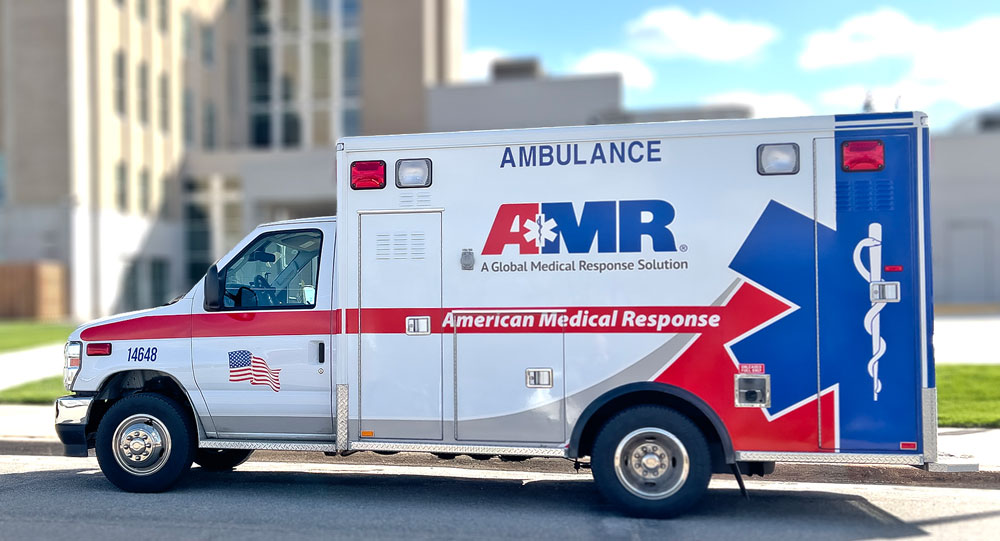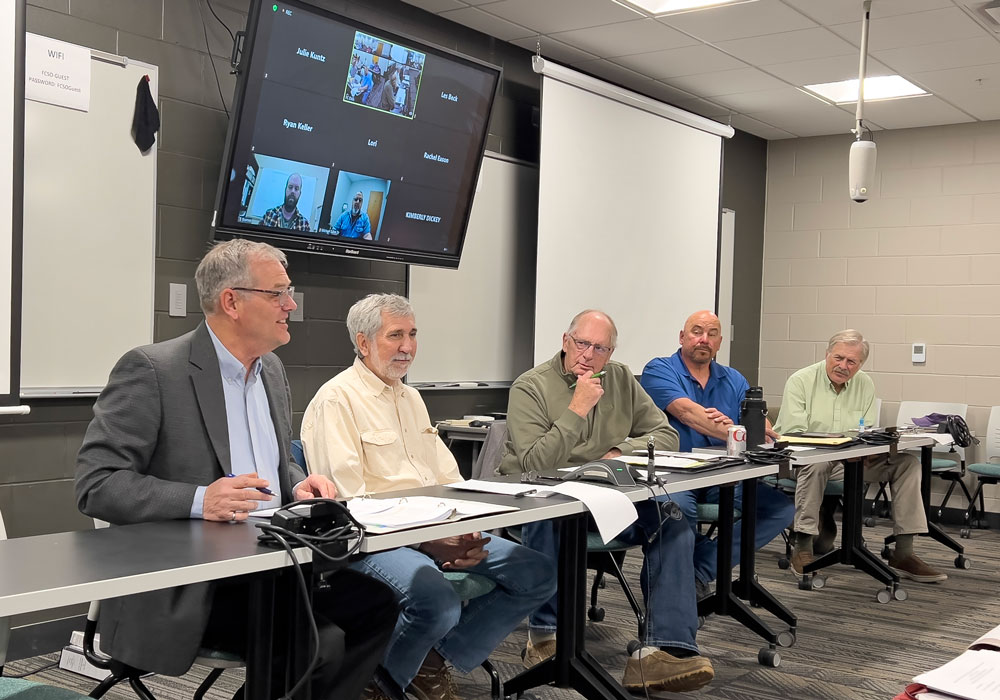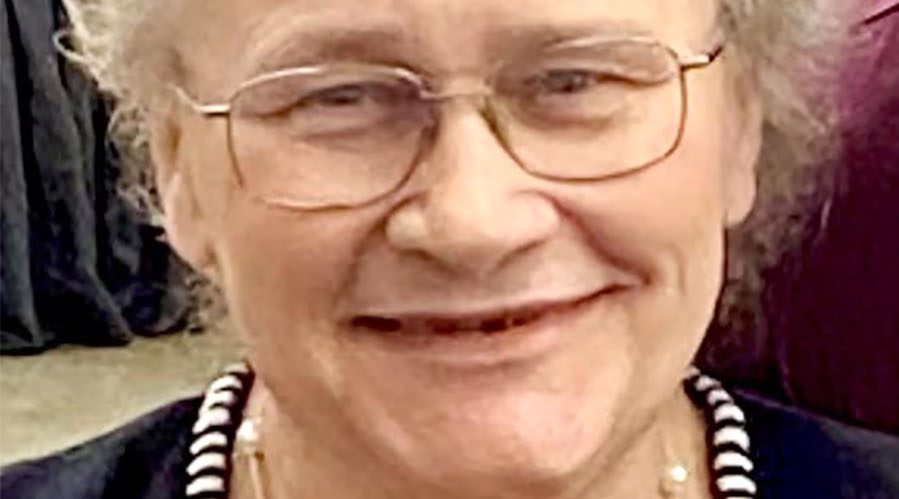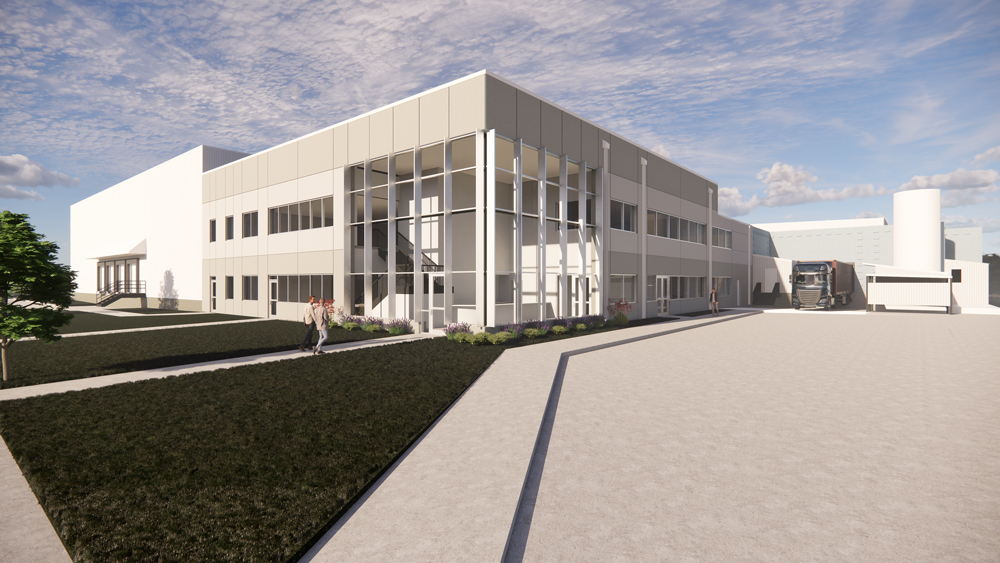Charles City Council discusses bringing ambulance service to Nashua
By Travis Fischer, tkfischer@charlescitypress.com
The Charles City Council looked over a proposed agreement to provide ambulance coverage to the city of Nashua during its regular workshop meeting on Wednesday, Nov. 16.
The existing ambulance provider in Chickasaw County is ending service and the county is starting its own service, but the Nashua City Council has decided to not participate in that county service, citing the cost and decision by the county service to not house an ambulance in Nashua, requiring service to come from New Hampton.
The city of Nashua is looking to Charles City and its current service provider, American Medical Response (AMR), as a stop-gap measure while Nashua sets up its own ambulance.
According to City Administrator Steve Diers, AMR already responds to calls to the rural area on Nashua’s west side and has responded to Nashua when available, so formalizing an official agreement shouldn’t be a problem and the ambulance commission is open to bringing Nashua in.
“It doesn’t sound like it would be a lot of impact to our existing service,” said Diers.
The six-month agreement, running from January through June of 2023, would cost the city of Nashua $10,000 for its share of the ambulance service. That money would be split 50/50 between Charles City and Floyd County, which are paying $100,000 each this year to AMR for service.
Extending the arrangement with Nashua could be considered if needed.
There was a question about how dispatch would receive emergency calls from Nashua, but Diers said that forwarding arrangements can be made to ensure that calls end up in the right place.
“It seems to be that there’s a way forward on that,” said Diers, who suggested including a provision in the agreement to add a clause ensuring that any additional costs from resolving these logistic issues are paid by Nashua.
“It’s pretty straight forward,” said Mayor Pro-Tem DeLaine Freeseman, who was charing the meeting. “There’s not a lot of bells and whistles.”
As the end of the year draws near, the council received the certification report on the city’s TIF districts.
TIF districts allow public entities, such as cities and counties, to claim 100% of the property tax as a way of financing development incentives. Charles City currently has four TIF districts with a variety of incentives being collected and paid out.
The certification reports are an accounting of how much money is being collected to reimburse the city for incentives and administrative costs in each of the districts. They also document upcoming incentive debts to be claimed in the next fiscal year.
In total, the city will collect just over a million dollars to pay for financial incentives, rehab programs, and tax rebates across the four districts.
Also on the subject of TIF districts, the council discussed the proposed dissolution of the Southwest Bypass TIF District’s administrative board.
Established decades ago, the SW Bypass district is unique in the state for being overseen by a joint board comprising representatives from both the city and the county. However, as state legislation has created more checks and balances regarding TIF districts, the administrative board’s purpose has become largely redundant when it comes to transparency and accountability.
“When this board was created, those weren’t there,” said Diers. “Now we have a process that is, quite frankly, overly burdensome.”
Requiring a special meeting from city and county representatives adds a extra layer of bureaucracy to the process that slows down development projects in the district without any substantial increase in oversight. As a result, the administrative board is considering dissolving and turning the district over to the city completely.
This process won’t change the district itself, which maintains the rare ability to persist indefinitely without a sunset clause. It would just make the district run by the city, the same as the other three current districts are.
“It’s not going to go away, just the double oversight is,” said Diers.
In other business, the council addressed a question about the city’s rules regarding the minimum size of a dwelling as it prepares to update the city’s building and zoning code into the Uniform Development Ordinance.
While the city code does not include a minimum size for single-family houses built on-site (though a house under 500 square feet qualifies as a “tiny house,” which has its own regulations), it does specify that pre-built homes must include no less than 700 square feet of floor area and a minimum exterior width of 20 feet. This is to align the city with state code requirements for manufactured homes.
“We have to maintain that minimum,” said City Engineer John Fallis.








Social Share